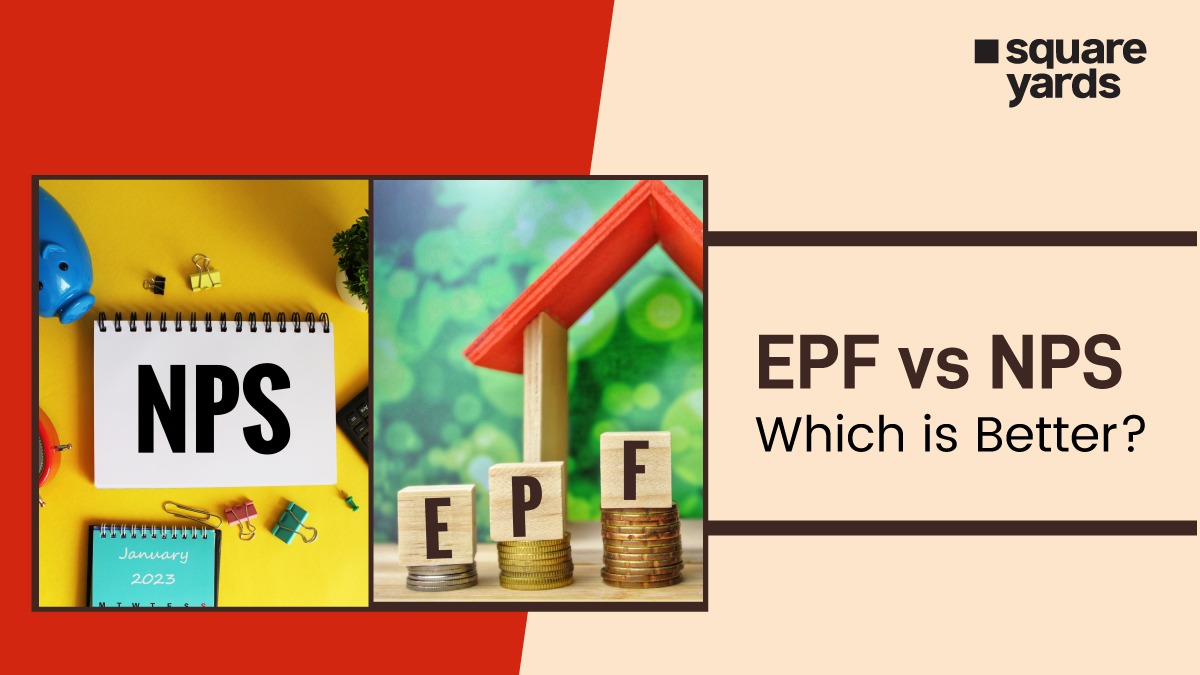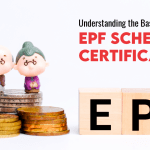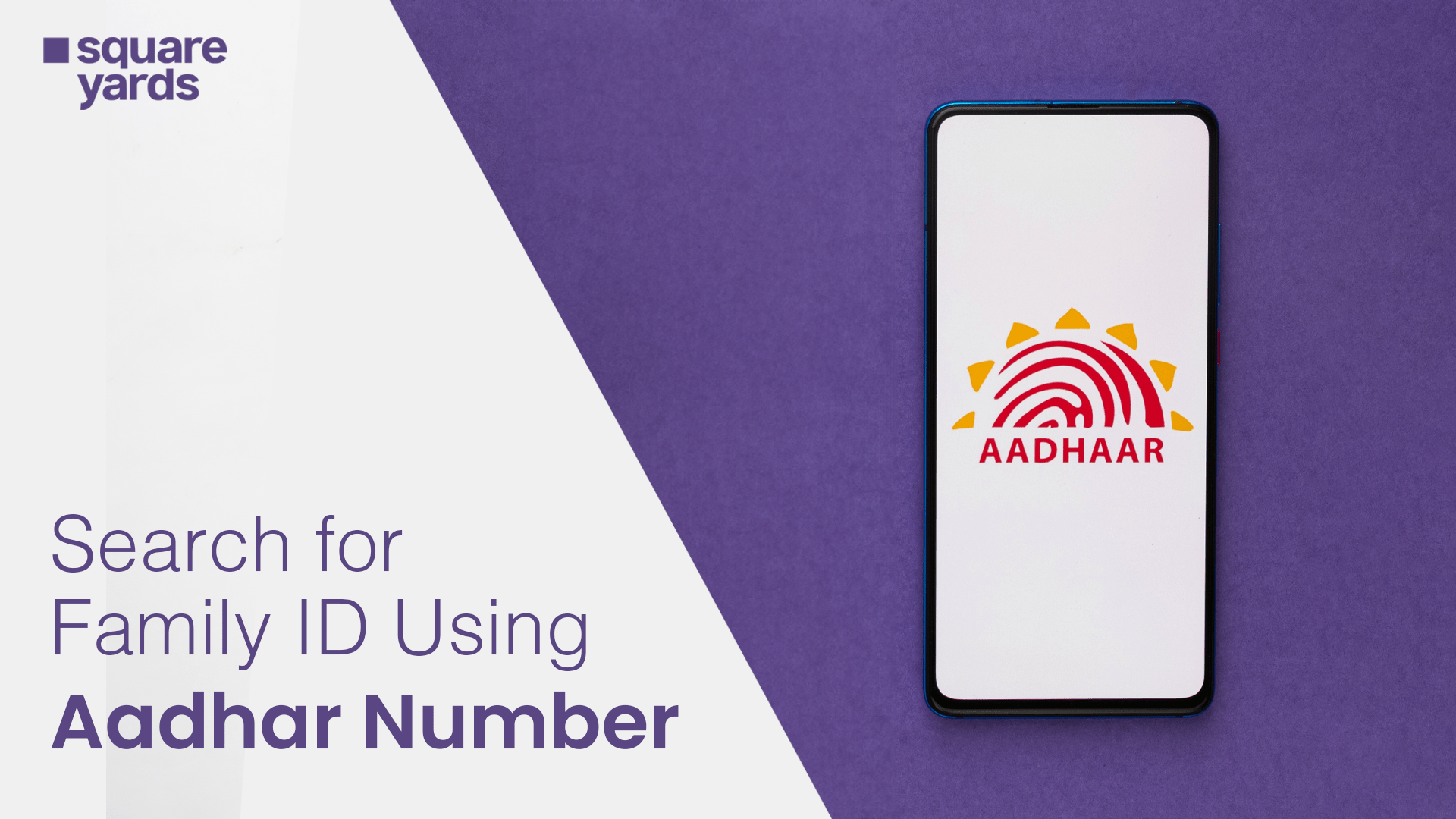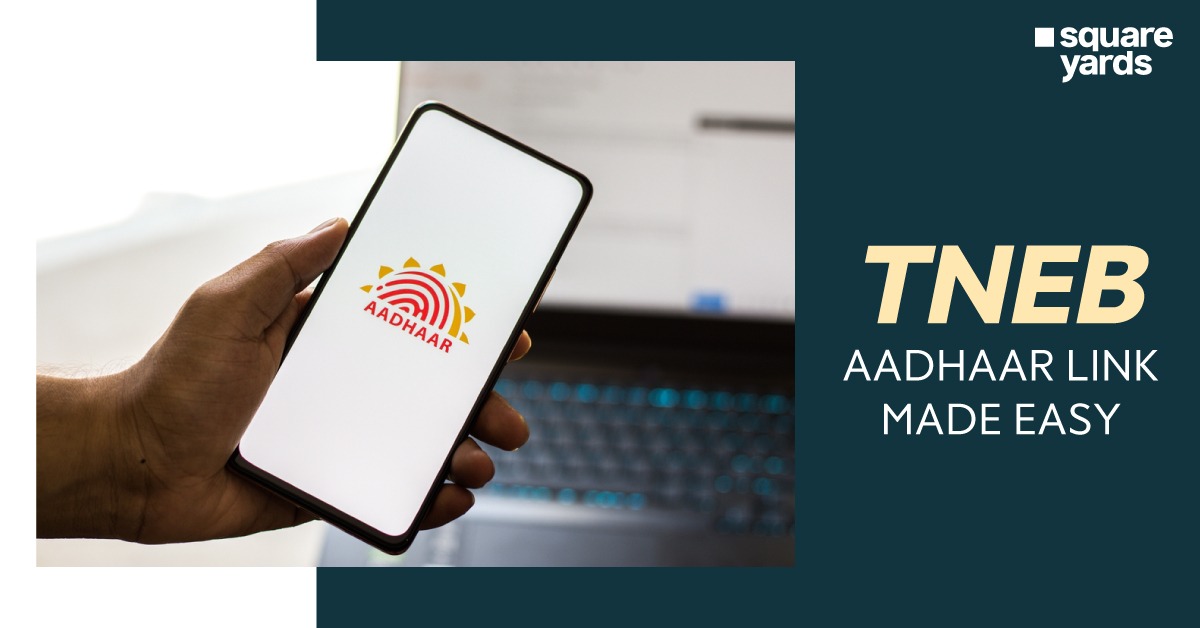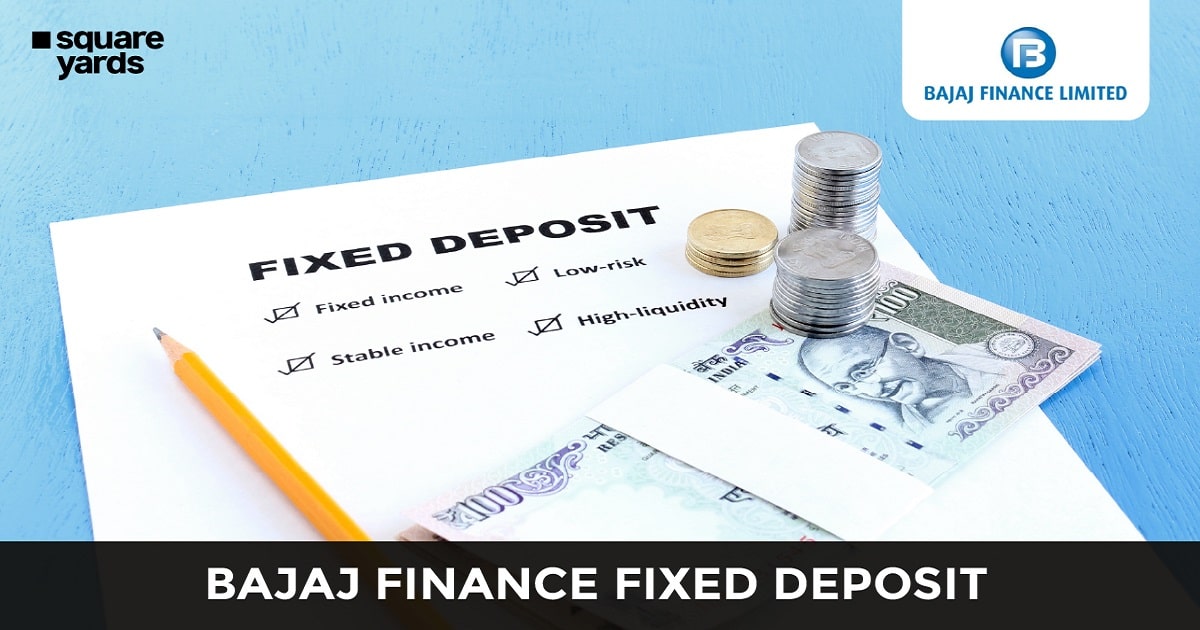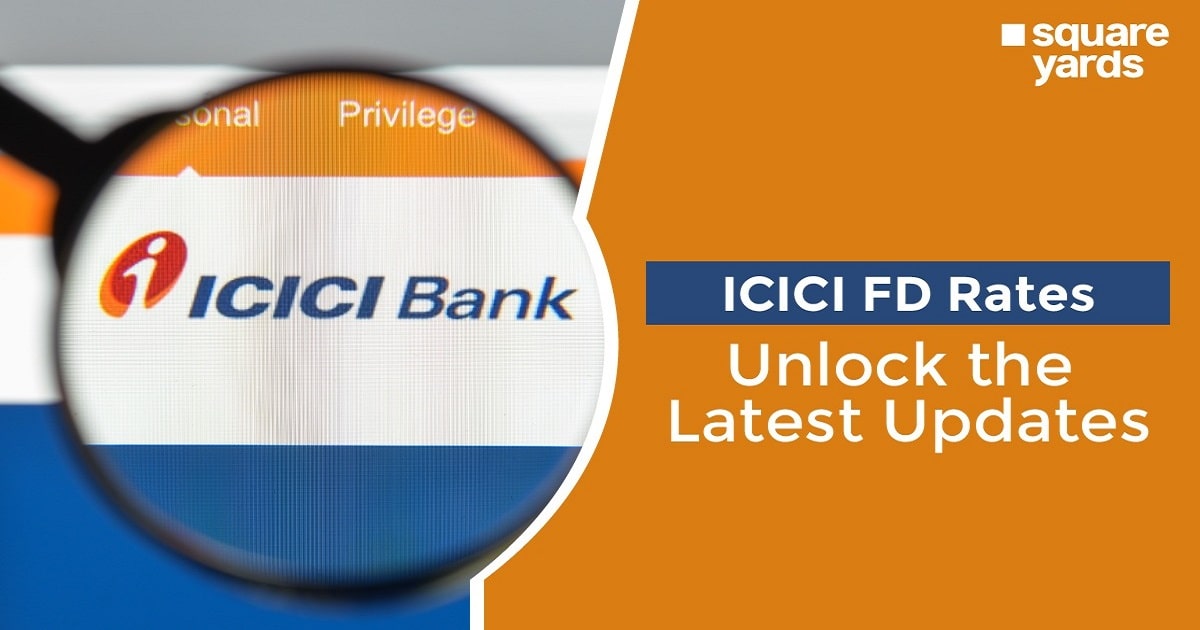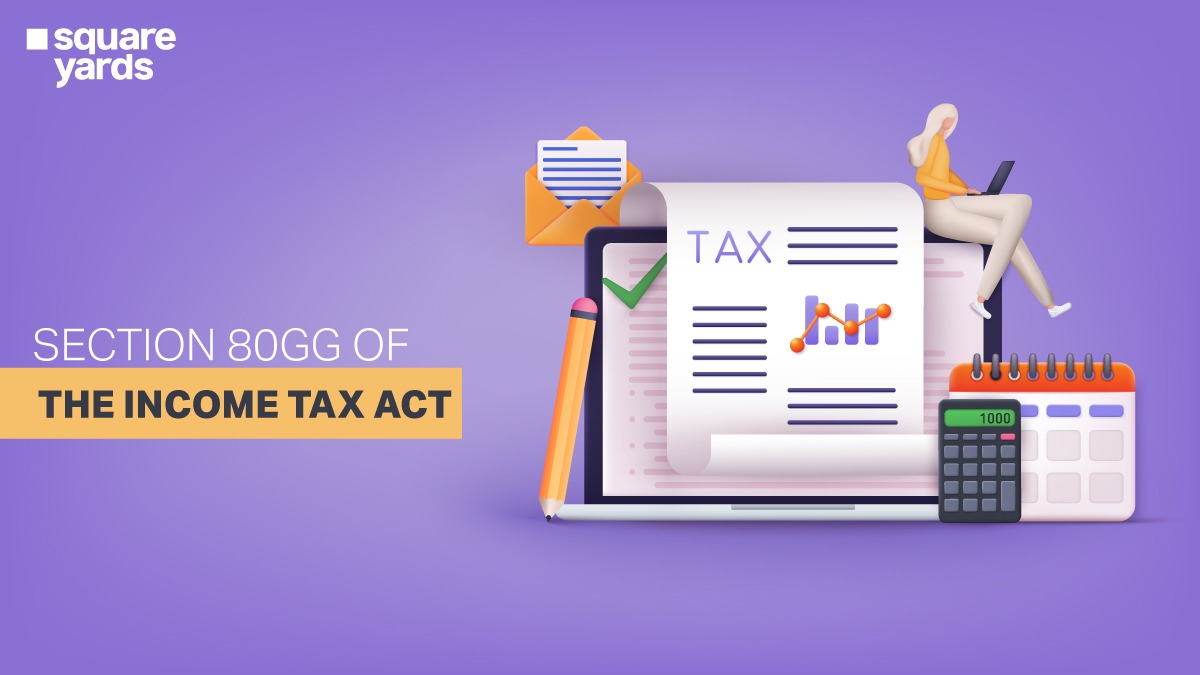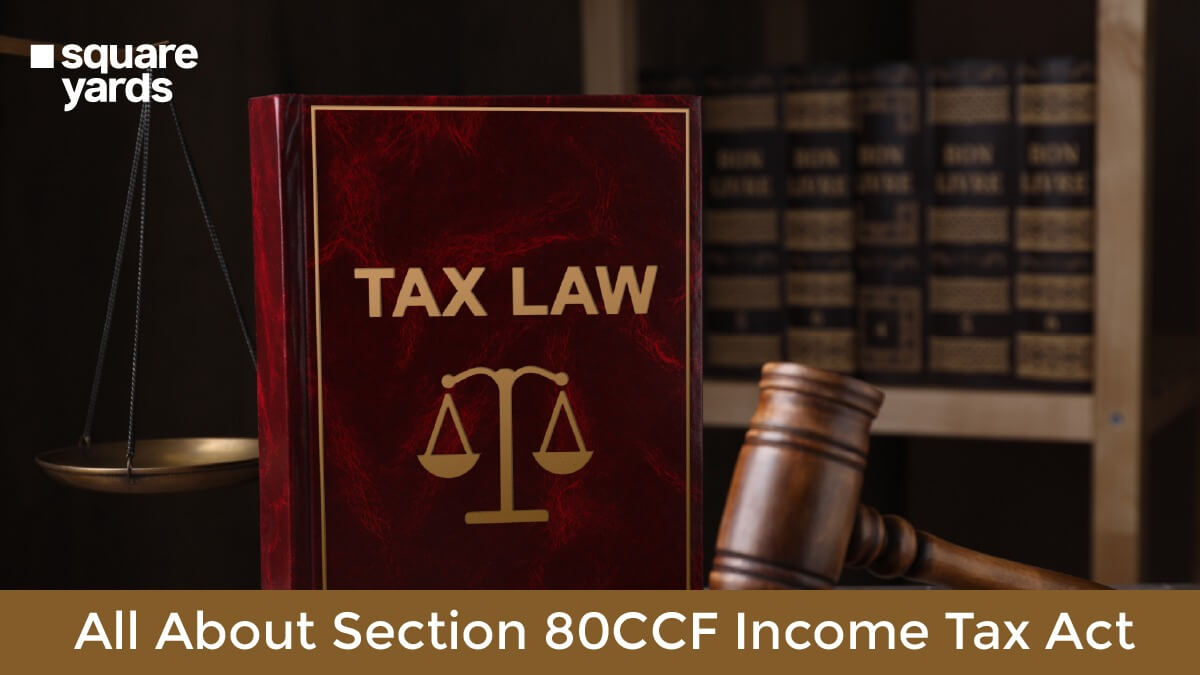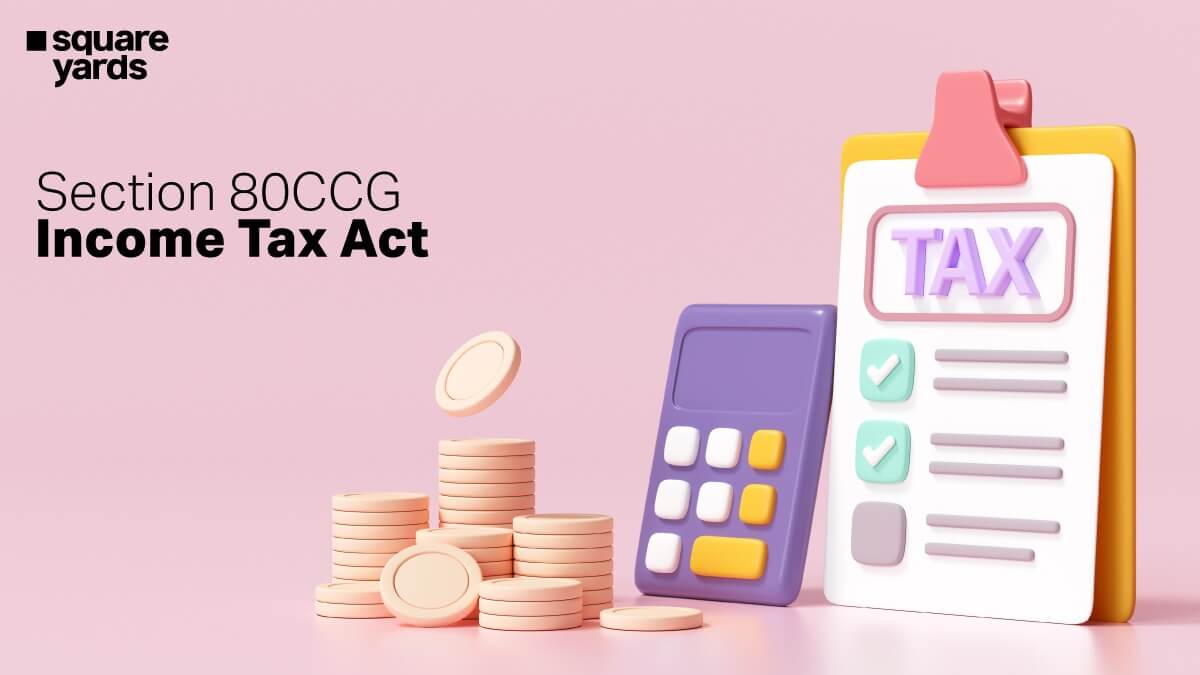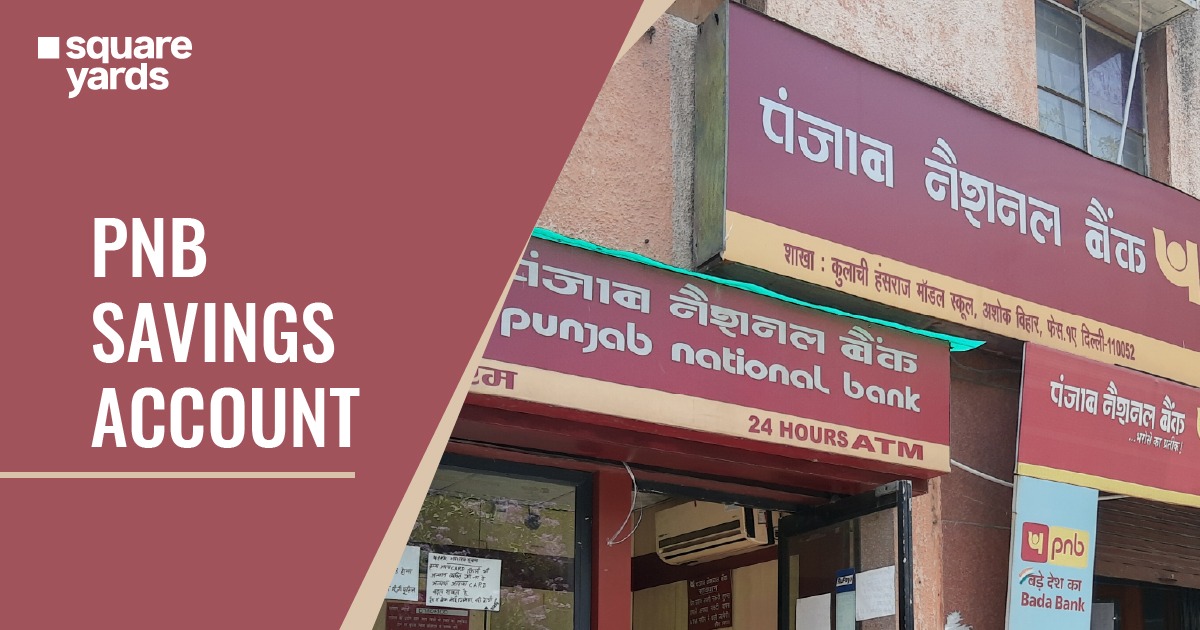Retirement planning has been and will continue to be an important aspect of every working professional. Employees’ Provident Fund (EPF) and National Pension Scheme (NPS) are two of the most trustworthy and popular retirement schemes. However, both of them have different objectives and specifications. Keep on reading to determine the better option, EPF or NPS!
Table of contents
What are the differences between the EPF and the NPS?
While the agenda is the same for both schemes, there are some major differences between EPF and the NPS. Let us start with the definition for both these terms:
Employees’ Provident Fund (EPF)
The Employees’ Provident Fund was set up to satisfy the financial needs of those working in India’s organised sector after retirement. It is a constitutional organisation run by the government.
Employees covered by the EPF are obligated to contribute a specific proportion of their gross salaries to their EPF accounts, and the employer is expected to provide a comparable contribution. The accumulated corpus and any interest earned thereon are eventually due to the employee.
National Pension Scheme (NPS)
The National Pension Scheme is a government-sponsored voluntary pension system. It is comparable to a mutual fund but is exclusively intended for saving for retirement. Here, the pension savings are correlated with the market. The scheme’s returns are not fixed, as they depend on the market.
In order to build a post-retirement corpus and qualify for tax deductions under the Income Tax Act, subscribers are obliged to make voluntary contributions to their NPS Account.
The difference between NPS and EPF:-
| Criterions | NPS | EPF |
| Minimum Investment | Rs. 6000 P.A. for NPS Tier-I Account | 12% of salary per month |
| Nature of Contribution | Voluntary | Mandatory for employees earning less than 15,000 |
| Return | Approx 8 – 8.7% per annum | 10-14% (As per the market value) |
| Matured Sum | 60% of the matured amount can be withdrawn as soon as the subscriber turns 60. | 100% of the matured amount can be withdrawn when the subscriber attains the age of 58. |
| Partial Withdrawal | Only 25% of the contribution can be withdrawn after investing for 3 years | Partial withdrawal will be permitted for people who are unemployed for a small period |
| Tax | 60% of the matured amount can be withdrawn without any tax | EPF is included in the EEE category. Both the total amount and the interest earned are immune from taxes. |
| Risks Involved | NPS returns are linked with the market and are subject to market risks. | EPF returns are government-assured, which makes it absolutely safe for investment. |
Which scheme offers better returns, EPF or NPS?
Though NPS offers better returns, the rate has fluctuated over the years. Usually, the higher the equity, the greater the return. But it does come with significant risks. One should take into account that NPS returns are not guaranteed. It depends on the following factors:-
- Equity and market movements
- Overall fund allocation
- Fund performance
EPF vs NPS: Comparison of Returns
The primary differences between EPF and NPS are as follows:-
| Employees’ Provident Fund (EPF) | National Pension Scheme (NPS) |
| Offers guaranteed tax-free return | Returns are subjective and depend on the market |
| EPF interest rates are government-controlled | NPS returns are dependent on market volatility |
| The EPF gives you a tax deduction of up to 1.5 lakh rupees under section 80c of the Income Tax act | NPS offers full tax benefits of up to 2 lakh rupees under the sections 80CCD (2) and 80CCD (1). |
NPS offers a little more flexibility. You are free to determine how much money you want.to maintain in stocks. Your contribution to NPS may not surpass 75% of your monthly salary. The EPF account may invest 5 to 15% of the overall corpus in the capital, and there is no control over where your money is donated.
What are the tax benefits of the EPF and NPS?
There are tax benefits for both EPF and NPS:-
EPF Tax Benefits:
The interest earned, withdrawals, and all EPF contributions are tax-free. You may deduct up to Rs 1.5 lakh in taxes from your EPF contributions under section 80C.
Deductions are not permitted under the Simplified Tax Regime, nevertheless.
NPS Tax Benefits:
Employee contributions made by their employers up to INR 150,000 are eligible for a deduction from gross income under the Regular Tax Regime.
Additionally, under Section 80 CCD(1B), contributions up to INR 50,000 are tax deductible. This exceeds the section 80C cap of Rs. 1.5 lakhs.
Thus, if you invest in NPS for your retirement, you can take advantage of a total deduction of Rs 2 lakhs.
Eligibility and Contribution Requirements for EPF and NPS
Eligibility and contribution requirements for EPF and NPS are as follows:
EPF Eligibility:
- All salaried employees are eligible for EPF.
- Also, all employees earning less than ₹15,000 must enrol as EPF members. However, employees earning more than ₹ 15,000 can also voluntarily remain in the EPF scheme. So these were the EPF Retirement Eligibility Rules.
Contribution Requirement:
- The contribution to PF is employees’ 12% of the Basic Pay + DA.
- Employee Contribution to EPF=12/100*(Basic+DA)
NPS Eligibility:
- Employees of corporate organisations enrolled by their employers.
- Indian nationals between 18 and 60, who meet the KYC requirements can register as NPS subscribers.
Contribution Requirement:
There are neither upper nor lower limits on the total number of contributions made each year. The subscriber has complete control over the amount and frequency of contributions.
Conclusion
Everyone is thinking about their costs of living after retirement. Two investment options exist for salaried individuals to cover post-retirement costs: the NPS and the EPF. However, EPF is an option, if you are willing to contribute 12% of your basic salary to your account and are not hurrying to withdraw funds. NPS enjoys its benefits. Your contribution to your account can be made on your own initiative. It is undoubtedly among the better alternatives available to individuals who work in the business environment.
You May Also Like
| EPFO Login | EPFO Passbook |
| UAN Login | UAN Card Download |
| EPFO KYC | Employer e-SEWA |
| EPF Grievance | PF Balance Check Number |
FAQ’s on EPF vs NPS:-
Q1. Can I contribute to both EPF and NPS at the same time?
Ans: Yes, one can contribute to both EPF and NPS simultaneously.
Q2. Can I withdraw my EPF or NPS before retirement age?
Ans: Yes, one can partially withdraw their EPF due to unemployment. But to withdraw NPS, one has to continue investing for 3 years.
Q3. Which investment option is better in the NPS – Equity, Corporate Bonds, or Government Securities?
Ans: Corporate bond plans typically offer superior returns. But when deciding between Corporate Bonds and Government Securities, returns alone should not be the only thing considered. Risk elements such as the investments’ credit quality and sensitivity to interest rate changes should also be considered.
Q4. Is there any minimum contribution limit for the NPS?
Ans: At the time of registration, a Subscriber must pay an initial contribution of at least Rs. 500 for Tier I and Rs. 1000 for Tier II.
A Tier I subscriber must make a minimum of one contribution, with each payment costing no less than Rs. 1000.
Q5. Can I change my investment option in the NPS?
Ans: Eligible subscribers can now modify their investment options necessarily.
Q6. What happens to my EPF or NPS account if I change jobs?
Ans: EPF Account: If you switch a job from one organisation to another EPFO-registered establishment, a fresh EPF account will be added to your UAN. You can also request to transfer the existing EPF balance from your previous account to the new account.
NPS Account: Employee can shift the corpus to a new employer with the same PRAN a/c if the new employer is already a registered entity under NPS.
Q7. Can I get a loan against my EPF or NPS?
Ans: It is definitely possible to get a loan against your EPF account. But a subscriber can not obtain a loan against his/her NPS account.


